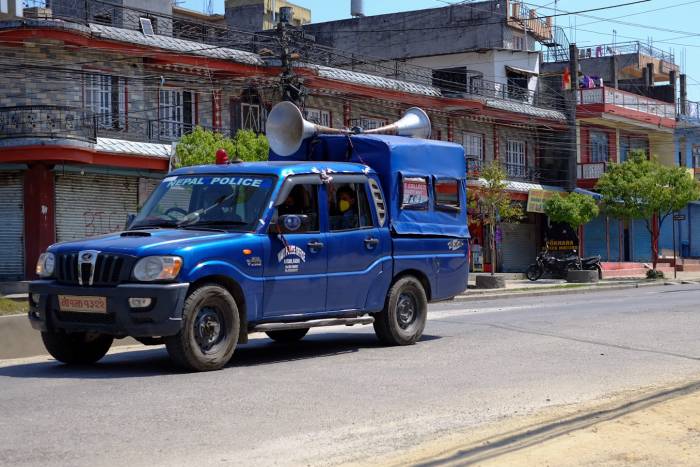GearJunkie contributor Christophe Noel arrived in Nepal just days before the government implemented sweeping travel restrictions. With Mount Everest closed and the borders sealed tight, he set out to learn how the recent pandemic has impacted the world’s premier adventure travel destination.
On January 13, a 32-year-old student arrived in Kathmandu from Wuhan, China, and became the first person in Nepal to test positive for COVID-19. To isolate the country from the growing threat, the government of Nepal rolled out a series of travel restrictions.
The first fell on March 4 and only limited entries from the five nations hardest hit by the virus. As the pandemic worsened, more extreme measures followed. Less than 2 weeks later, officials canceled all trekking permits and climbing expeditions, including summit bids on Mount Everest.
As a traveler on the ground, I started to notice a groundswell of rumors, most fueled by misinformation circulated by national news outlets. Vague and poorly timed government statements compounded public concern.
To still public nerves, on March 19, Prime Minister KP Sharma Oli addressed the nation in a televised broadcast. He outlined new quarantine protocols that effectively put Nepal on a war footing.
The borders are now closed to all inbound traffic, even to Nepali nationals. Denying entry to passport-holding nationals may violate international law, but it speaks to the government’s fear of the virus. And it’s not just inbound traffic they hope to suppress.
As of yesterday, Nepal went on total lockdown. Citizens and travelers alike received strict orders to shelter in place, with all but essential businesses forced to shut.
The comprehensive closures couldn’t have come soon enough. On the eve of the lockdown, doctors in Kathmandu confirmed Nepal’s second case of COVID-19, with a third only 24 hours later. And so it begins.
Tough Decisions and Terrible Timing
For one of the poorest countries in the world, closing the country to travelers was a decision not easily made. Tourism revenue is critical to the national economy, particularly within the popular adventure travel segment.
Every year, 225,000 trekkers and climbers flock to the Himalayas. They spend an estimated $265 million, nearly half of Nepal’s total tourism-related revenue. Early estimates suggest spring travel income may have fallen by as much as 90%.











